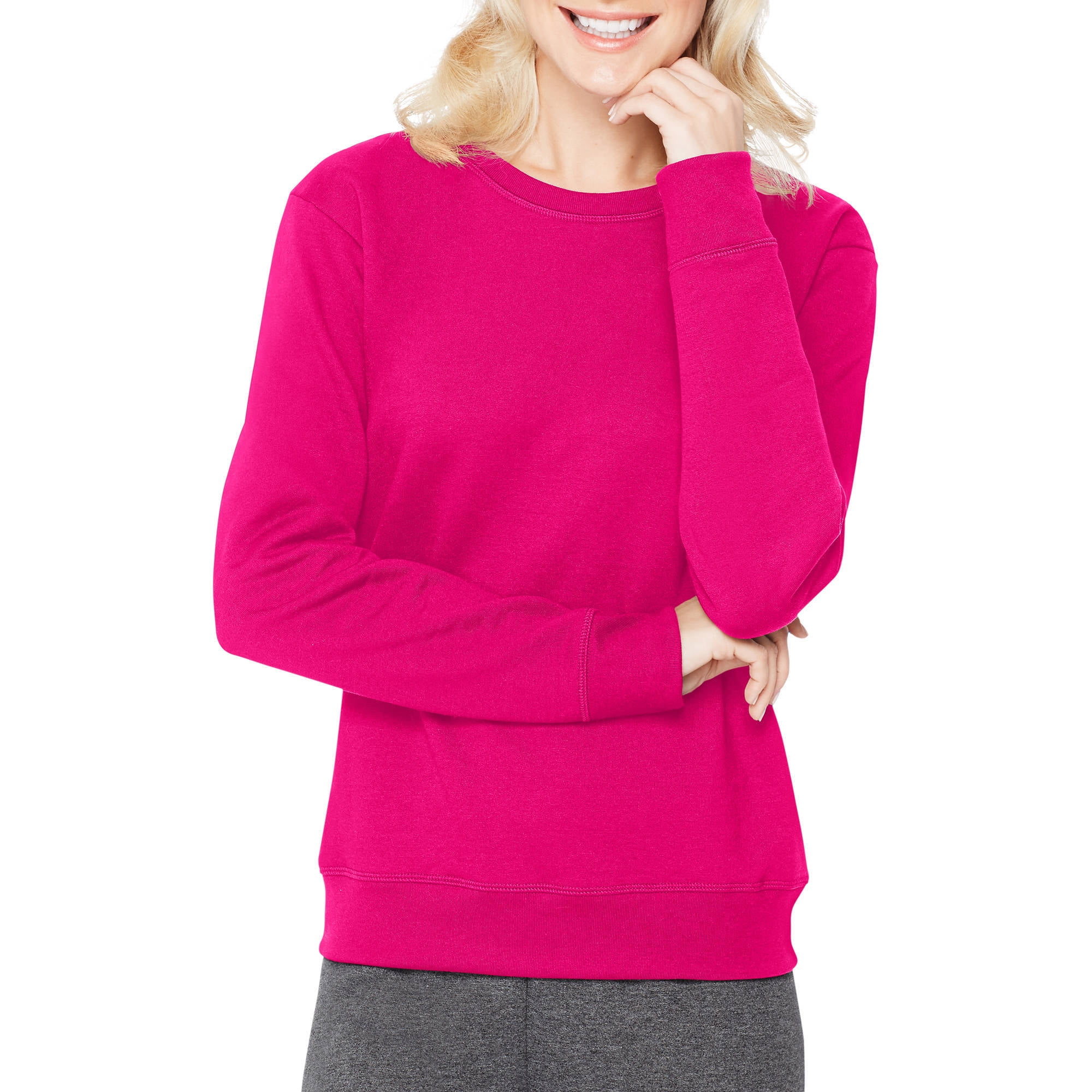What to anticipate When Buying some sort of Sweatshirt

Sweatshirts are long-sleeved, pullover tops that are constructed from thick cotton fabric. They are usually used for casual wear but aren't as dressy as sweaters or cardigans. https://fingerpaste36.bravejournal.net/post/2023/04/16/What-to-Consider-When-Selecting-the-best-Sweatshirt may not have an Hood. If you're thinking of buying a sweatshirt, here are some suggestions:
Norma Kamali spread the appeal of sweatshirts
Since the late 1970s and into the late '70s, Norma Kamali has been turning the humble sweatshirt into an art. Her designs are now the staple of almost every woman's wardrobe. Her distinct designs include tummy-tucking t-shirts to a crew neckline to thick leather sweatshirts. She has also created clothing in unusual forms, such as a tank top with an extended trumpet skirt.
The collaboration of the designers and the sweatshirt maker Everlast gave rise to her Timeless line, which became hugely popular when it appeared in the Spiegel spring 2006 catalog. The collection offered knits that could be interchangeable or convertible in classic silhouettes, and many items were priced below $20. Even the The Norma Kamali Timeless collection was not available in stores, buyers were able to find the pieces through eBay and Poshmark.
Merino wool sweatshirts feel more comfortable than soft sweatshirts.
Merino wool is known for its ability to wick moisture away which help to keep you dry and comfortable. It is a natural fibre that also offers a more comfortable feel. The fabric also dries quickly when compared with other natural substances. In addition, it is a sustainable resource. The merino sheep shed coats each year and grow new ones.
The weight-to-heat ratio of merino wool is what makes it a popular choice for sweatshirts. It aids in controlling the body's temperature because of its loft which naturally traps heat between the fibers. This is the reason Merino wool sweatshirts work ideal for outdoor and summer activities like hiking, mountain biking and running. The warmth it offers keeps the wearer well-hydrated and cool, something that is important for working out.
Zip-front hoodies feature kangaroo pockets.
Kangaroo pocket Hoodies are a well-loved style of hoodies. They feature a big pocket in the front, which keeps your hands warm during cold days. They're additionally more practical than conventional pockets as they allow the hands to slide in and out with ease.

The pockets of Kangaroos are usually big enough to accommodate an entire wallet or smaller personal items. They're usually large enough to accommodate a small hand or even sufficient to hold two hands. They are wide on either side and make them ideal for carrying small objects.
French terry fabric is a very popular material for sweatshirts.
The French Terry fabric is constructed of soft yarns that are made into loops, and is typically midweight. It is also famous as a fabric that wicks moisture and is already pre-shrunk. French Terry is an excellent option for sweatshirts as it keeps you warm when you need it and helps keep your cool when you want to cool down.
French Terry is also a popular choice for loungewearbecause it has enough stretch and flexibility to feel good against your skin. It also allows enough air to circulate through the fabric, making it ideal for layering under other clothing. Additionally, since it's lighter than most sweatshirts you can wear it throughout the year without feeling hot or cold.
Hoodies have classist connotations
Although it could appear that hoodies are an appropriate clothing item for people of the working class but the truth is that they are a symbol of class. The hooded garment was first seen in the 1970s in New York, where graffiti artists wore them to conceal their identities. In 1976 the hoodies were made famous in their appearance in the film "Rocky," when the protagonist of the film was a working class man in hooded gray sweats on his famous climb up the Philadelphia Museum of Art.
Hoodies are frequently associated with destruction, death and other negative items, yet they serve a practical purpose. For instance, priests and monks may wear hoods to show respect and a sense of self-control.
